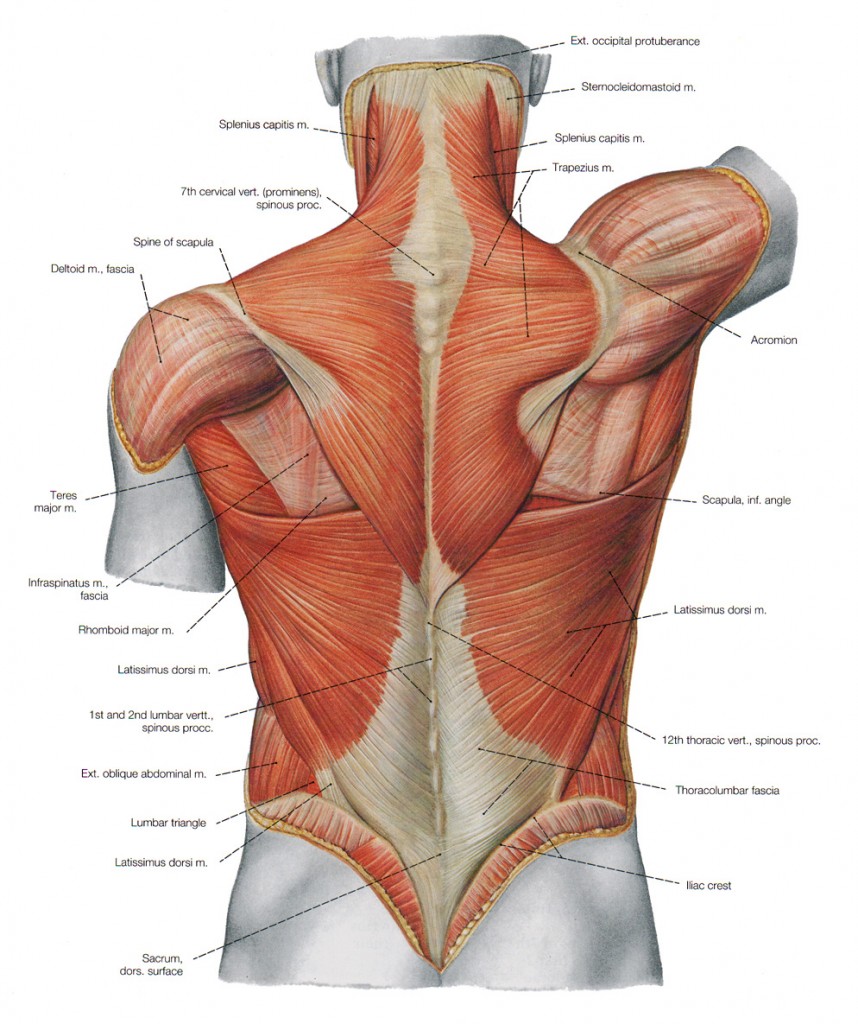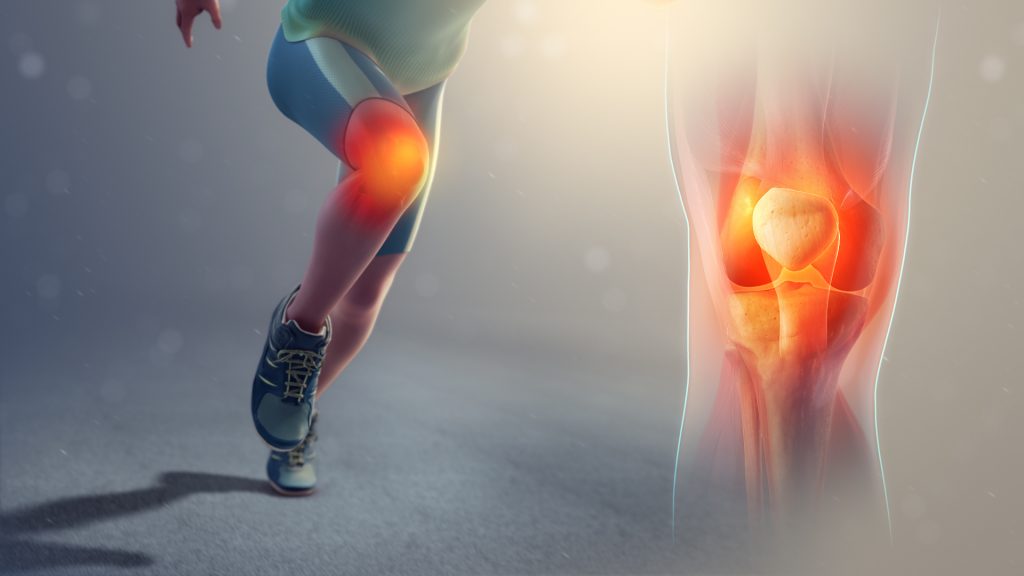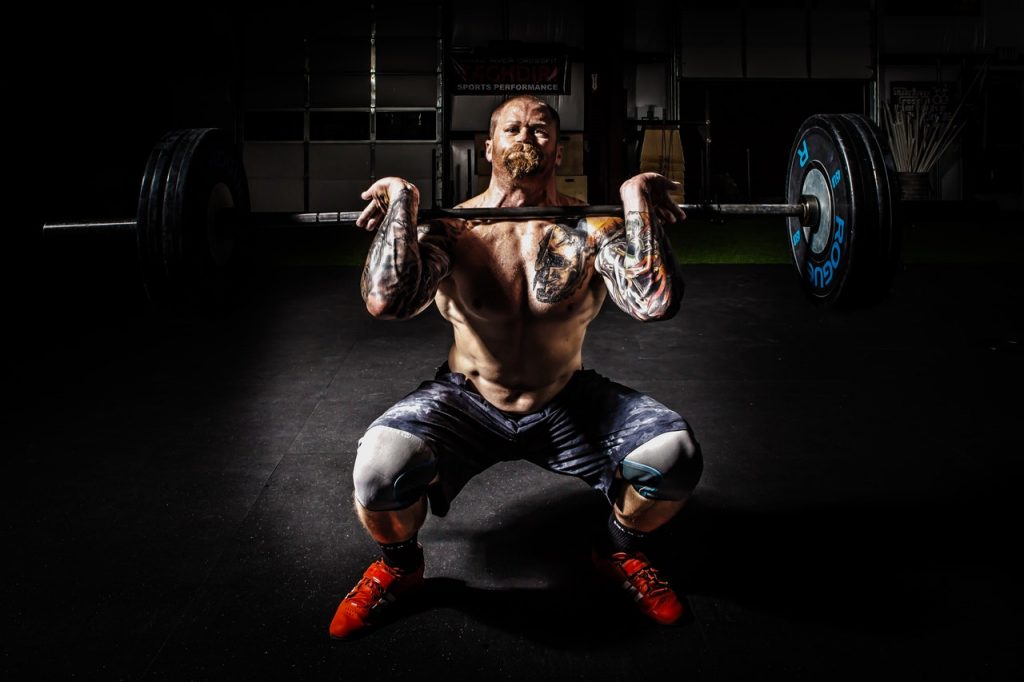The most common injuries for those lifting weights
Note: If you are viewing exercise videos on a mobile device, please switch to horizontal view for the best experience.
When you bear in mind the excessive stress that lifting weights places on all areas of your body, there is to a certain degree acceptable “pain” (not quite the no pain no gain world of years ago) but for many people simple posture issues can cause potentially serious injuries. Those who are accepting of advice from others are likely to avoid injury while those who like to get noticed and do it “their way” may be putting themselves at serious risk of injury. So, what are the most common injuries for those lifting weights?
Cervical spine injuries
We can only imagine the stress and strain placed on the spine when lifting heavy weights on a regular basis. It tends to be the upper back and neck, referred to as the cervical spine, which is most vulnerable to injuries but there are ways and means of reducing the risk. Soft tissue, joint structures, discs and ligaments can be susceptible to debilitating injuries if your technique is not correct.
It is worth noting that the way in which you sit, your posture, in everyday life is not something which is transferable to the gym. We know that the average American has what is termed a forward head posture which places undue pressure on the upper segments of the cervical spine. The correct posture when lifting weights is created by simply lifting your chin backwards, thereby straightening your spine with your eyes gazing downwards. This posture is not only important when lifting weights but it is something you should consider in your daily working environment.
Knee injuries
Many people assume that the knee is a relatively flexible joint when in reality it is probably one of the more inflexible in the body. It is a simple hinge joint with two degrees of movement and is protected by the patella (knee-cap). In many ways an inability to utilise the ankle joint and the hip joint in tandem with the knee can place undue pressure and create wear and tear of the kneecap. There are obviously certain exercises which require a significant knee bend but the greater the bend the greater the pressure.
There are some different ideas with regards to how the knee should be bent in relation to the position of the feet. In theory, the knee should never protrude out further than the lateral aspect of the foot as this would place additional pressure on hamstrings, muscles and ligaments when returning to the natural position. There is a skill in balancing the need to bend the knees while not placing undue pressure on the joint and surrounding ligaments and muscles.
Lumbar spine injuries
Lumbar spinal injuries are not only commonplace in weightlifting but commonplace in everyday life. The vast majority of people, not necessarily athletes, will experience significant lumbar spine pain in their life. As a consequence, there is even greater risk of injury for weightlifters who do not appreciate the correct posture and movements in order to protect their lumbar area.
The first thing to say is that excessive jerks and over correction when lifting weights can have a significant impact upon the lumbar spine area and cause injury. It is generally accepted there are three main lumbar spine positions which are known as flexion, extension and neutral. The flexion position does offer the greatest opportunity for injury and will depend upon the load, speed and flexibility of the joints when lifting. Surprisingly, an extension of the lumbar spine area itself offers a significant risk of injury due to the compression action of weightlifting and the potential to arch the back too far. A neutral lumbar spine position offers a better balanced posture and ensuring that there are no excessive flexion or extension movements when lifting will offer a degree of protection to this area. In many ways you also need to learn how to understand what your body is telling you, when it is time to rest and when the weights are getting too heavy.
Shoulder injuries
Shoulder injuries tend to be the more common amongst weightlifters although many of these injuries can be avoided with correctly optimised fitness machines and focus on muscles as opposed to ligaments and joints. There is no reason for the shoulder to move excessively as it is possible for the shoulder to remain stable while of the joints and muscles are worked. Any exercise involving shoulders should begin at the natural position rather than stretching before you even start exercising.
It is extremely easy to control the pressure and torque applied to the spinal area and joints around the body through the shoulders. Excessive stretching and relaxing of the shoulder muscle in pumping classes is not necessarily useful because your shoulders are not able to remain tight at all times and it is difficult to focus on particular muscles. We know that the upper body contains some of the most reactive muscles and joints which can shield the spread of excess stress and strain right across the body. The vast majority of shoulder injuries are avoidable and very often it is those who get a little carried away with lifting weights repetitively and from the wrong starting position which suffer most. Posture is everything!
Conclusion
The very fact that weightlifting is the action of lifting heavy weights while utilising various parts of the body does obviously create significant stresses and strains. Simple actions such as a neutral spinal position, starting shoulder exercises from the correct position and focusing on muscles rather than tendons and ligaments, which can damage easily, will help avoid the majority of injuries. There is also one other simple method by which you can avoid injury, rest days!
Whether due to over exuberance or over focus on one particular muscle or joint, constant focus on leg days, etc can lead to fairly serious injuries. The whole act of building muscle revolves around breaking down the minute elements of a muscle and then allowing the body to rebuild bigger and stronger. If rest days are ignored or cut short this does not allow the body to recover which can weaken a particular muscle or joint – which can also have an impact on other areas of the body. It is perhaps better to think of the body as one large “muscle” as opposed to a number of smaller muscles and joints. After all, they all have a part to play and all work together.




